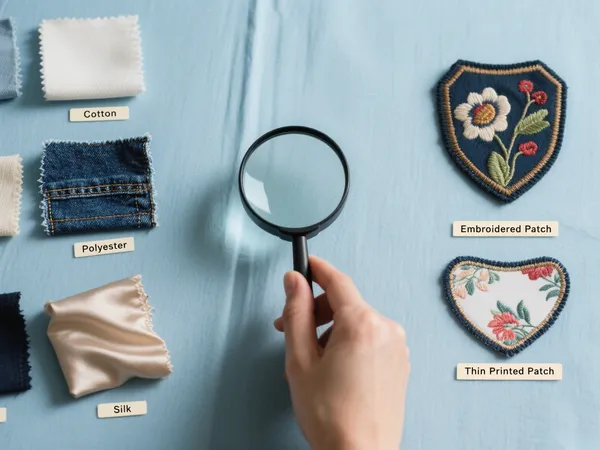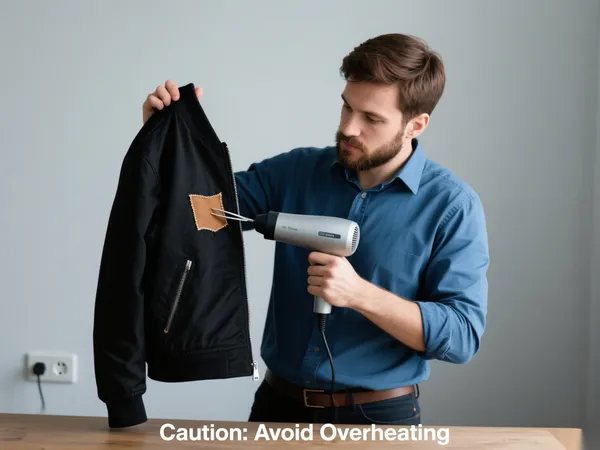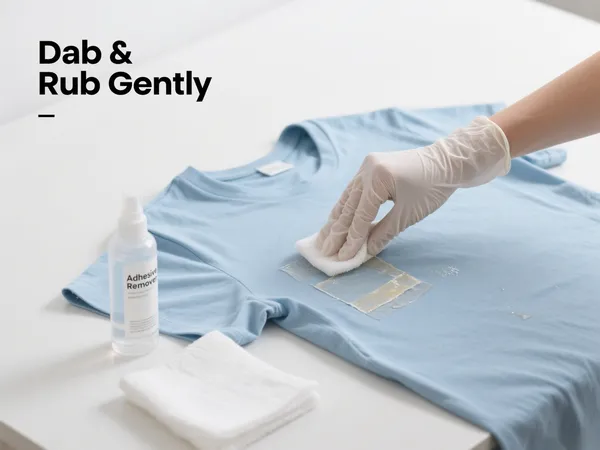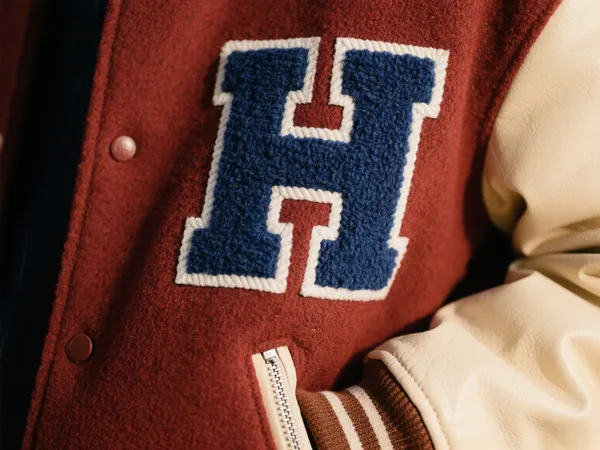Iron-on patches are great for personalizing jackets, backpacks, uniforms, and hats. But what if it’s time for a style change, rebranding, or a repair? You may be wondering, how do you remove iron on patches without damaging the fabric underneath.
In this blog post, we’ll walk you through proven methods for removing patches safely—whether they were recently applied or have been bonded for years. By using the right tools and techniques, you can удалить заплатки с одежды and even reuse them in some cases.

Why Would You Remove Iron-On Patches?
Here are a few common reasons people choose to take off iron-on patches:
- To replace an outdated logo or design
- To repair or upcycle old clothing
- To remove wrinkled or peeling patches
- To reuse high-quality custom patches
- To prepare clothing for resale or donation
Whatever your reason, it’s important to use the right approach to avoid tearing or scorching the fabric.
What You Need to Know Before Removing a Patch
Before jumping into the removal process, here are some quick tips:
- Check the fabric: Cotton, denim, and polyester generally handle heat well. Delicate fabrics like silk or nylon require extra care.
- Assess the adhesive strength: Some iron-on adhesives are stronger than others and may leave residue.
- Patch type matters: Embroidered and thick patches may need more effort than thin printed ones.
4 Safe Methods to Remove Iron-On Patches
Here are four of the most effective ways to take off iron on patches safely:
1. Use a Hot Iron
This method works best for most standard fabrics.
Шаги:
- Set your iron to a medium-high setting (no steam).
- Place the garment face down on the ironing board with the patch facing down.
- Lay a thin cloth or parchment paper under the patch to protect the iron.
- Apply the hot iron for 10–15 секунд to reheat the adhesive.
- Gently peel the patch off using tweezers or your fingers.
🔄 If it resists, reapply heat and try again. Don’t force it—this can damage the fabric.

2. Use a Hair Dryer or Heat Gun
This is ideal if you don’t have access to an iron or want more targeted heat.
Шаги:
- Set your hair dryer to high heat or use a heat gun with caution.
- Aim directly at the patch for 30–60 seconds.
- Once the patch is hot, gently peel from the edges using tweezers.
- Repeat heat application as needed.
🛑 Be cautious not to overheat or scorch sensitive fabrics.

3. Use an Adhesive Remover (e.g., Goo Gone or Rubbing Alcohol)
Best for removing residual glue after the patch has been lifted.
Шаги:
- Apply a small amount of adhesive remover or rubbing alcohol to a cloth.
- Dab the sticky area and let it sit for a minute.
- Rub gently in circular motions to lift the glue.
- Wash the fabric afterward to remove any chemical residue.
✅ Always test a small area of the fabric before full application.

4. Freezing Method (for Vinyl or Plastic-Backed Patches)
Sometimes cold can cause adhesives to crack, making removal easier.
Шаги:
- Place the item in a plastic bag and freeze for several hours.
- Once frozen, try gently peeling the patch off.
- Use an adhesive remover to clean up any leftover glue.
❄️ This method is less common but works on certain plastic adhesives.

Can You Reuse Iron-On Patches After Removal?
Yes—but only in some cases.
If you removed the patch cleanly and it still has some adhesive, you might be able to reapply it using a heat press or iron. For best results:
- Apply fabric glue or use fusible webbing to reactivate the adhesive.
- Stitch around the edges to secure it in place.
Reused patches are best applied on personal or DIY projects rather than commercial-quality garments.
Final Tips for Success
- Work slowly—rushing may stretch or tear fabric
- Test heat tolerance of the fabric before full application
- Avoid direct iron contact with embroidered threads to prevent burns
- Use tweezers, not nails, for safe peeling
Заключительные мысли
If you’ve been wondering, how do you remove iron on patches without ruining your clothes, the good news is—it’s easier than you think. With a bit of heat, patience, and the right tools, you can safely take off iron-on patches and even give them a second life.
Whether you’re refreshing an old garment or fixing a placement error, these methods will help you get the job done cleanly and efficiently.



